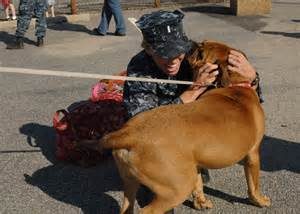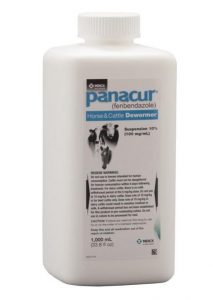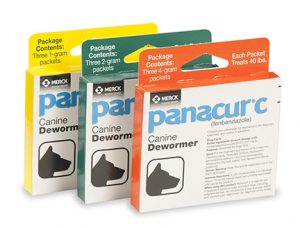Originally published Dec. 12, 2016
 Our military members have a tough enough job to do in keeping this nation safe from enemy threats without having added burdens of having to give up their companion animals each time they are temporarily deployed. For you see, not all military personnel are constantly on the move; many are stationed at a base and only rarely sent away on TDY (Temporary DutY), so these people get to enjoy much the same life civilians do, including having pets. When duty does call them away, and if they are single, they must either find a reliable caretaker for their furkid – or give them up permanently.
Our military members have a tough enough job to do in keeping this nation safe from enemy threats without having added burdens of having to give up their companion animals each time they are temporarily deployed. For you see, not all military personnel are constantly on the move; many are stationed at a base and only rarely sent away on TDY (Temporary DutY), so these people get to enjoy much the same life civilians do, including having pets. When duty does call them away, and if they are single, they must either find a reliable caretaker for their furkid – or give them up permanently.
Providing foster care for a military member’s beloved pet can relieve a great strain on them and offer support while they are off serving our nation.










